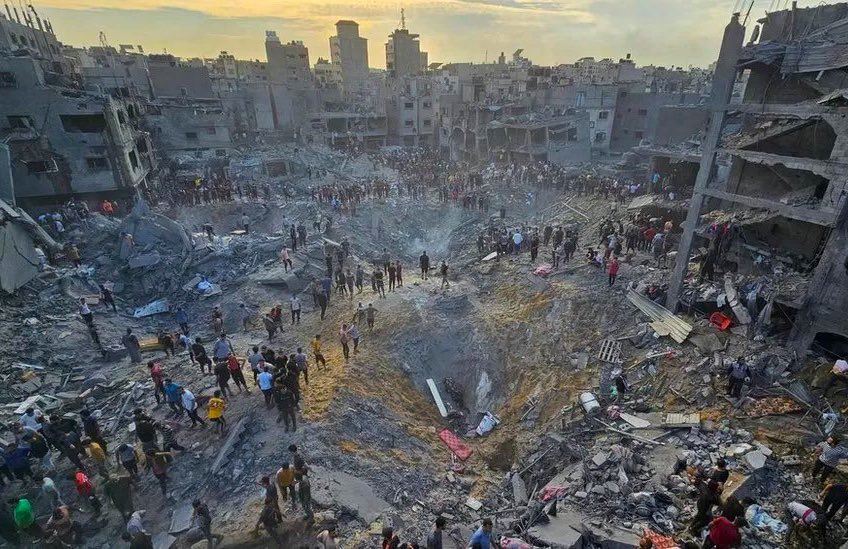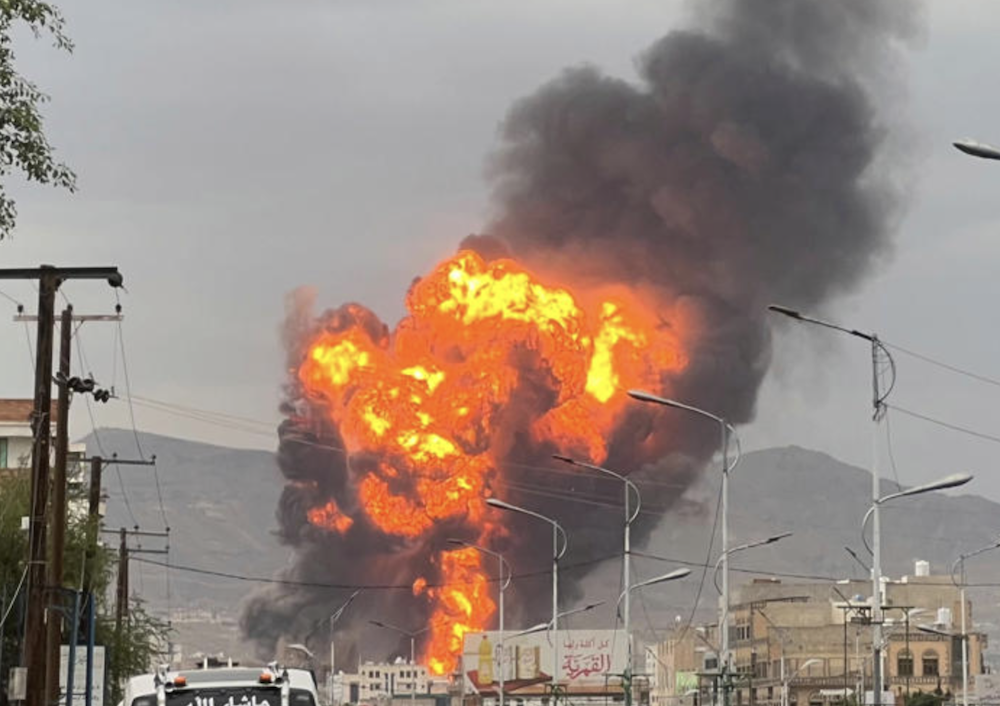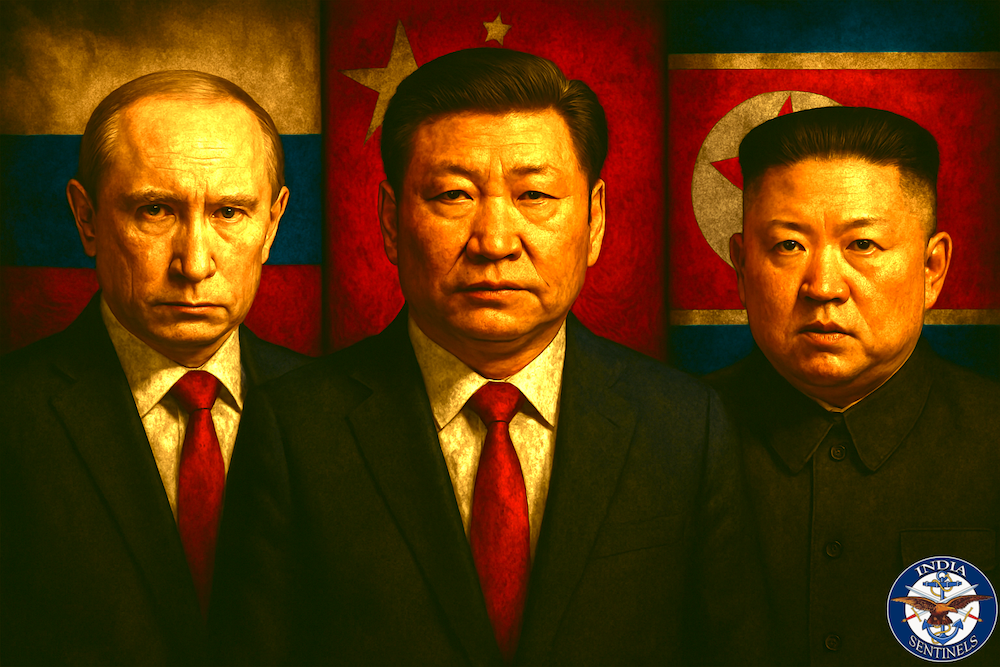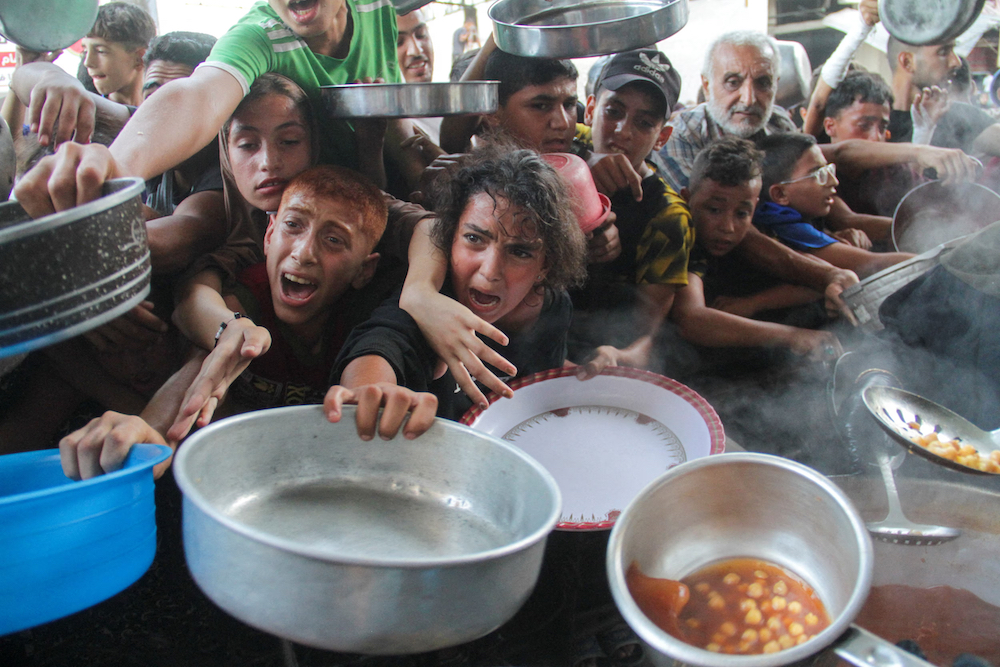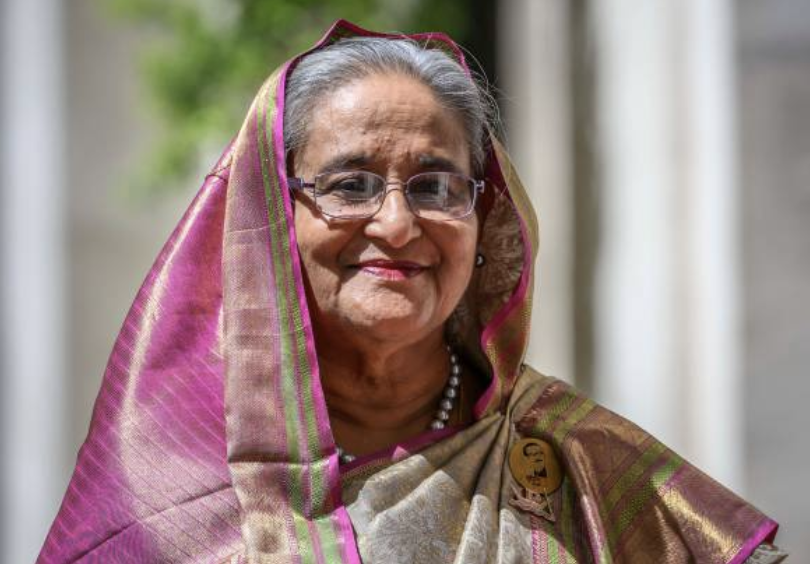 Sheikh Hasina. (File photo)
Sheikh Hasina. (File photo)
New Delhi: Bangladesh’s prime minister, Sheikh Hasina, has reportedly resigned from her premiership and fled, on Monday. Although her whereabouts are still unclear, several Bangladeshi media outlets have reported that she has left the country. Some of them reported that Hasina and her sister, Sheikh Rehana, were flown away by a military helicopter.
This development comes amid escalating violent protests against her government.
According to reports from Bangladesh, hundreds of protesters gathered near Gono Bhaban (or Ganabhaban), the official residence of the prime minister in the capital, Dhaka, and stormed it at around 3pm Bangladesh time (2.30pm IST). Bangladeshi television channels broadcasted images showing protesters overturning furniture, smashing glass doors, taking away various items, and ransacking the building.
However, minutes before the storming of Gono Bhaban, reports said Hasina had left the premises to a safe location in anticipation of violence there.
Bangladesh Army chief addresses nation
The Bangladesh Army chief, General Waker-uz-Zaman, addressed the nation at around 3.30pm (3pm IST), in which he confirmed Hasina’s resignation. He said he had called representatives of political parties and agreed upon forming a new interim government. He said all decisions will be taken after consultation with the country’s president, Mohammed Shahabuddin.
Gen Zaman assured that he will do everything to protect the country and its people. He also assured that he will make sure that the protesters’ demands will be met. He then called for cessation of all violence and said if the protesters listened to him and kept patience, he would ensure that every issue is resolved.
In his address, the Bangladesh Army chief also assured the country that justice will be done to all those who were killed in the protests. He then reiterated that if the public maintains peace, a “beautiful” interim government will soon take charge. However, answering a query by a reporter, Gen Zaman said no representative from Sheikh Hasina’s Awami League was present in the all-party meeting that he had called.
Watch: "New government will take over," said Bangladesh Army Chief Waker Uz Zaman, While addressing the country pic.twitter.com/zt24JvGzjP
— IANS (@ians_india) August 5, 2024
Bangladeshi media reported that a decision on the interim government can be expected later tonight.
People pour on streets
Tens of thousands of people came out on the streets in Dhaka and other cities of the country in jubilation as soon as the news of Hasina’s resignation started reaching across the country. Many expressed their hopes of a new beginning for the country while others expressed their relief that the turmoil that had gripped is coming to an end.
Bangladeshi media has also reported sporadic instances of violence in some places. In one such incident, a crowd fired bullets and tried to storm a police station on the Dhaka-Chittagong Road near the capital.
What led to the protests?
The protests started in June with a students’ agitation against a reservation system for the descendants of those who took part in the Bangladesh freedom movement that later turned into a movement to force the Hasina-led government to resign.
Initially, in June, unrest erupted across Bangladesh following a contentious ruling by the country’s supreme court. The decision reinstated a 30 per cent quota for descendants of freedom fighters in government jobs, effectively overturning the government’s previous abolition of the system in response to the 2018 quota reform movement.
Students, feeling their merit-based opportunities were being unfairly limited, started agitating, which the government tried to suppress violently using police and paramilitary forces. Activists of Sheikh Hasina’s Awami League party also joined hands with the security forces in their crackdown against the protesters. This resulted in dozens of deaths, injuries, loss of private and public property.
Then the country’s supreme court intervened and struck down the previous ruling and reinstated the status quo to 5 per cent reservation for the descendants of Bangladesh freedom fighters.
However, the protests and violence didn’t ebb, and what began as localized demonstrations against the quota quickly escalated into nationwide upheaval. This rapid spread was fuelled by the government’s heavy-handed response and a broader public discontent with the ruling regime’s perceived oppression.
The situation got exacerbated by a cocktail of other ongoing and lingering issues. These included the government’s perceived mishandling of a prolonged economic slump, widespread allegations of corruption, reported human rights abuses, and a lack of democratic avenues for effecting change. Apart from these, it was widely alleged that Bangladesh’s general election, which was held in January, was unfair and rigged in favour of the ruling Awami League.
This complex web of grievances transformed what started as a specific protest into a much larger movement, reflecting deep-seated frustrations with the country’s governance and socio-economic challenges.
Violence during the protests has claimed over 300 lives since June, so far. On Sunday alone, over 93 people were killed when protesters and security forces along with Hasina’s supporters clashed, which prompted India to issue a travel advisory to its citizens to avoid travelling to Bangladesh, as India Sentinels reported.

